Sonosite iViz on the Race Across America
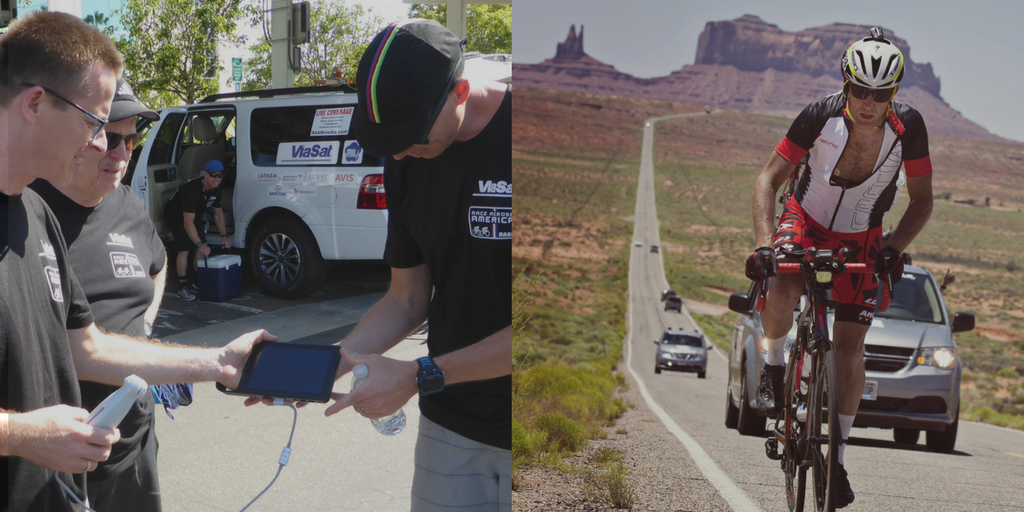
The Race Across America is billed as the world’s toughest bicycle race; a non-stop, coast-to-coast, transcontinental trek from Oceanside, California to Annapolis, Maryland.

The Race Across America is billed as the world’s toughest bicycle race; a non-stop, coast-to-coast, transcontinental trek from Oceanside, California to Annapolis, Maryland.
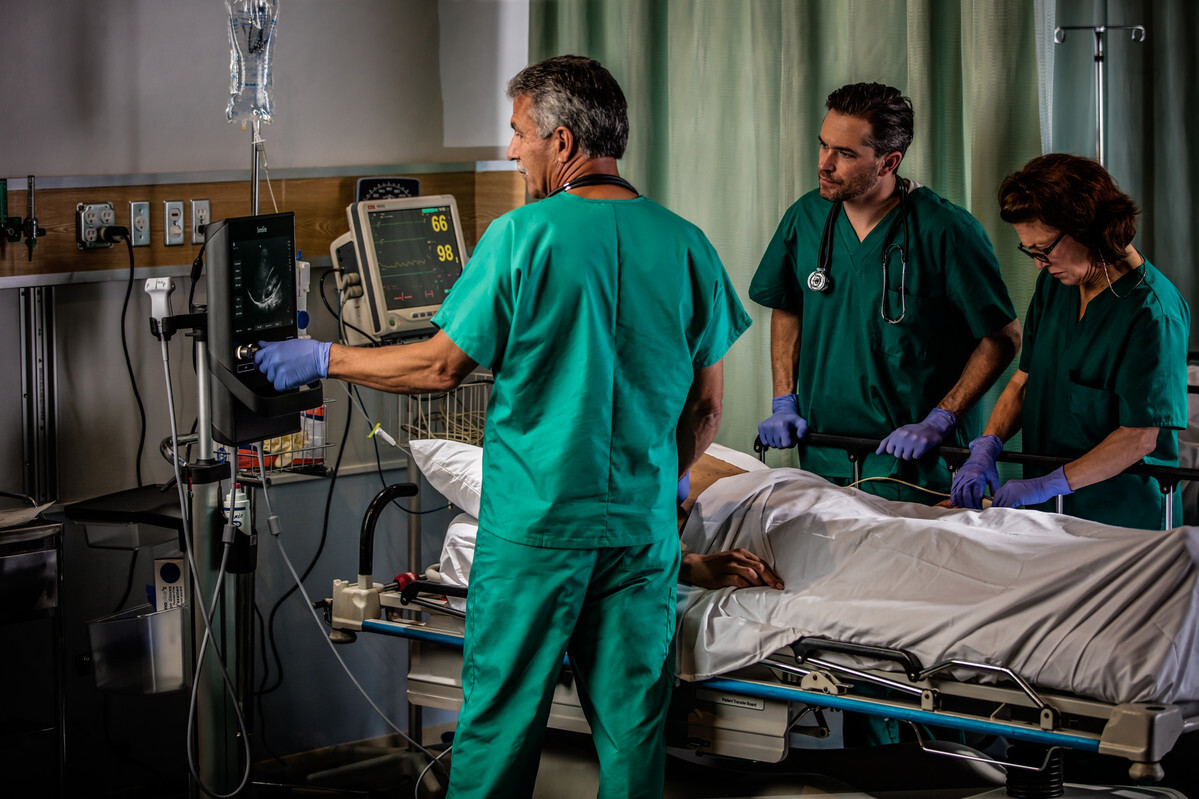
Point-of-care ultrasound is fast becoming a key instrumental technique in nephrology , supporting diagnostics and improving delivery of renal replacement therapy and subsequent vascular monitoring.

Dr. Thomas Sullivan recently returned from Quang Nam province in Vietnam, where he had volunteered at a series of clinics in late July, with the assistance of ASSORV through the Vietnam Health Clinic group of the University of Washington.
Has it really been a year already? We’re back in LA this week for another edition of CHEST, the premier clinical event for chest medicine in the U.S. We love CHEST because the show connects a global community around not just networking and new technology, but brings together new research, instruction and interactive simulations too. If you’re a veteran of CHEST you probably know your way around the show.
Dr. Peter Steinmetz, co-chair of WCUME 2017 and Director of Undergraduate Bedside Ultrasound Teaching at McGill University answers questions around the use of point-of-care ultrasound (POCUS) and ensuring its proper use worldwide.

From July 1-2, the Morzine ski resort in Savoy, France hosted the Spartan Race, an obstacle course open to all physical abilities and all levels. Competitors from all over Europe took part in the event.
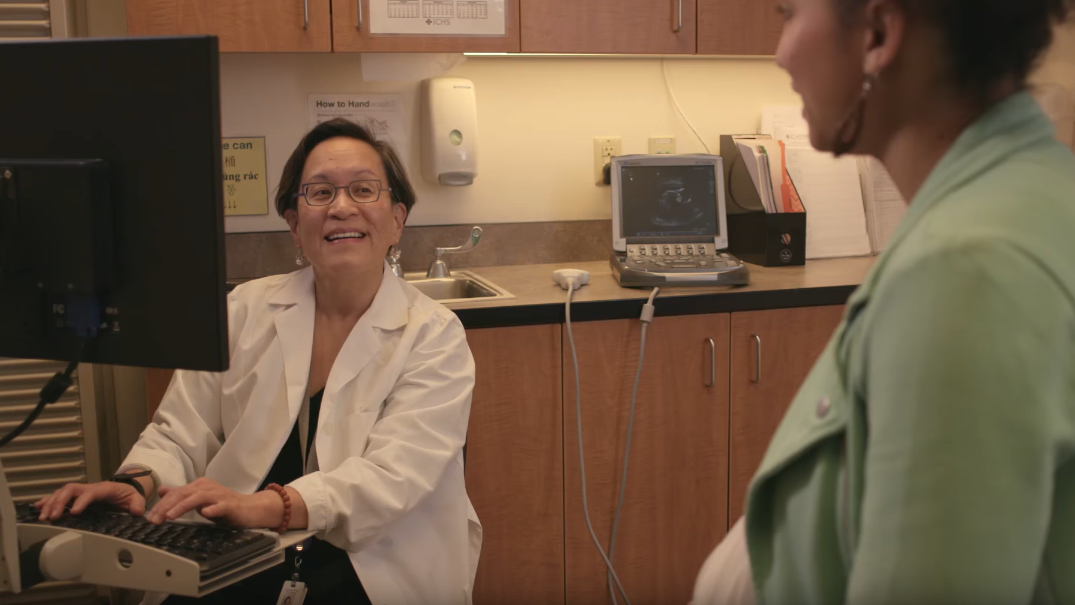
Uncertainty – especially in economics, government, or healthcare - can be hard to handle. Combine a little bit of uncertainty in Washington D.C. and the medical community and you’ll have a window into 2017, a time when the future of the Affordable Health Care Act and the health sector is in flux.

The Gaes Titan Desert by Garmin is a 6-day endurance bike race over mountain terrain; the 2017 edition takes place in Morocco. From April 30-May 5, the Titan Desert saw over 463 top-level mountain bikers cover 380 miles of unyielding desert in gruelling conditions.

Did you know that nearly half of all opioid overdoses involve a prescription?
Physicians are beginning to tackle the problem at ground zero: in the ED, where many patients receive their first prescription opioids.
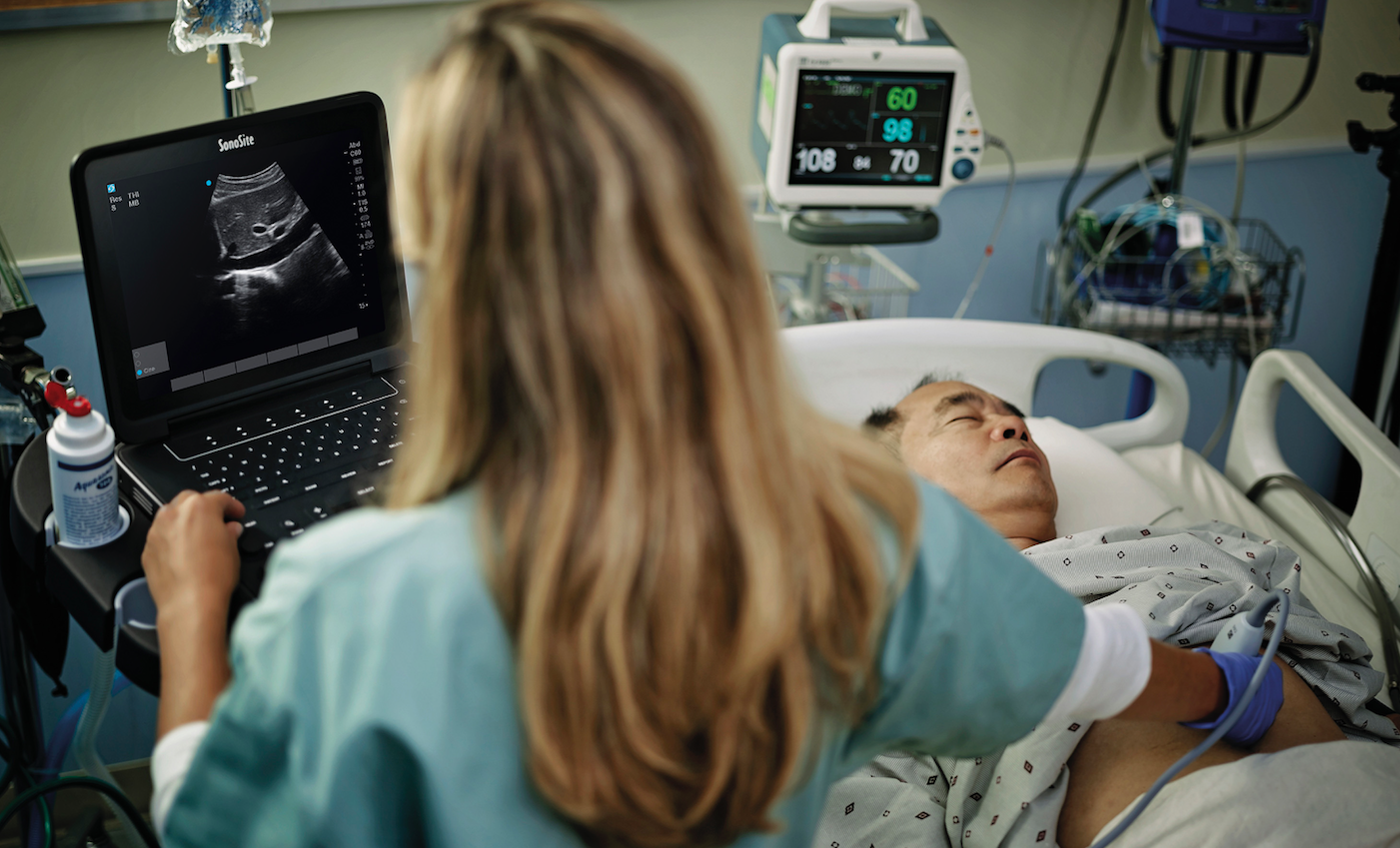
For the past 20-odd years in the United States, traumatic and acute conditions have often been treated in the Emergency Room using opioid drugs. Now, with the effects of a nationwide opioid addiction crisis becoming increasingly dire, hospitals and trauma centres are looking for new ways to treat pain without prescribing addictive opioid painkillers.

FUJIFILM Sonosite has donated two M-Turbo point-of-care ultrasound systems to the non-governmental sea rescue organisation Proactiva Open Arms, based in Badalona, Spain, to support efforts in rescuing refugees.
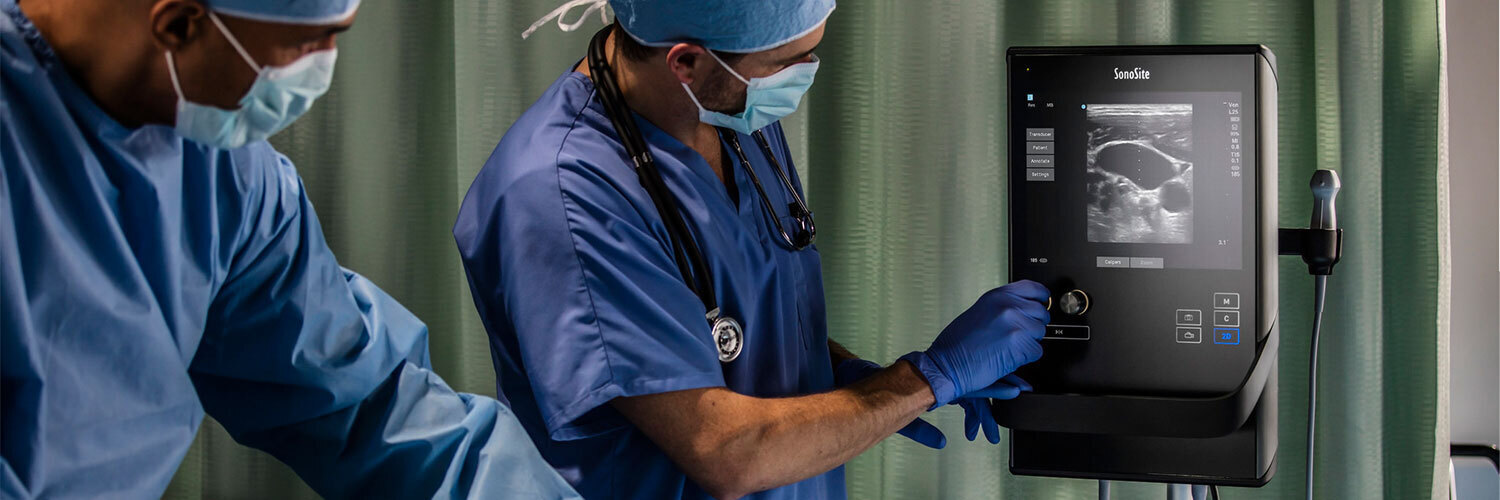
Increasingly, anaesthesiologists have been using ultrasound guidance to help visualise soft tissue anatomy and nerve location while performing regional nerve blocks. Correct placement of local anaesthetics lead to long lasting pain management and enhanced recovery times.
But beyond the block, how does ultrasound help anaesthesiologists do their jobs?
The answer has a lot to do with the changing practise of medicine.
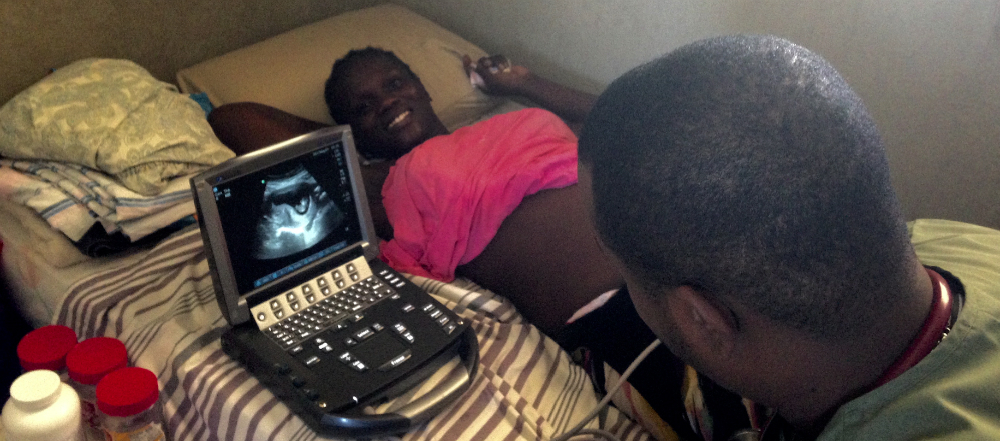
Audrey E. Stryker, MD, an Ob/Gyn and partner at Women's Ob-Gyn, P.C., has been traveling to underdeveloped countries with Sonosite ultrasound systems since 2004. As a part of the IWISH Foundation (International Women & Infant Sustainable Healthcare), she and her colleagues recently travelled to Haiti to help train the next generation of medical professionals.
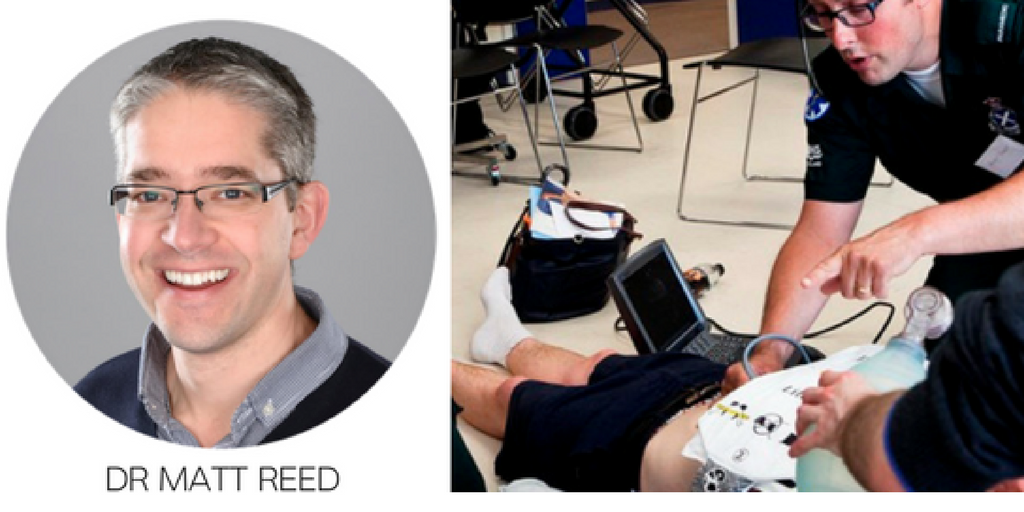
Point-of-care ultrasound plays an important role in the emergency sector, enabling hospital clinicians and paramedics responding to an urgent call for medical assistance to assess a patient’s condition. Dr Matthew Reed, an Emergency Medicine consultant at the Royal Infirmary of Edinburgh, explains how ultrasound contributes to the management of cardiac arrest:

Vietnam’s wild elephant population has dropped from over 2,000 animals to less than 100 in 20 years, making the country’s 60 or so captive elephants vital to preserving the genetic lines of this critically endangered species.
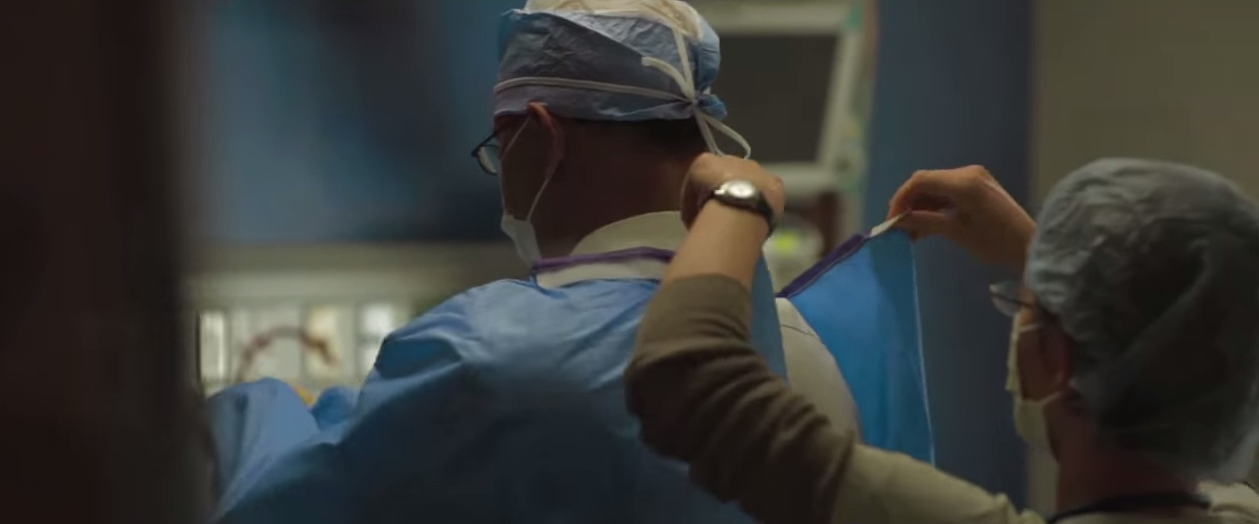
by Rich Fabian, Chief Operating Officer, FUJIFILM Sonosite
Every day, 91 Americans die from opioid (prescription drugs or heroin) overdoses. This is the worst drug epidemic in the history of the United States.
How can emergency physicians help patients manage pain without accidentally getting them addicted to prescription opioids?
If you had to choose between inserting a PICC line (40-45 minutes) and inserting a PIV with ultrasound guidance (5-10 minutes), which would you choose to perform? What if your patient weighed less than 5 lbs? Or more than 500?
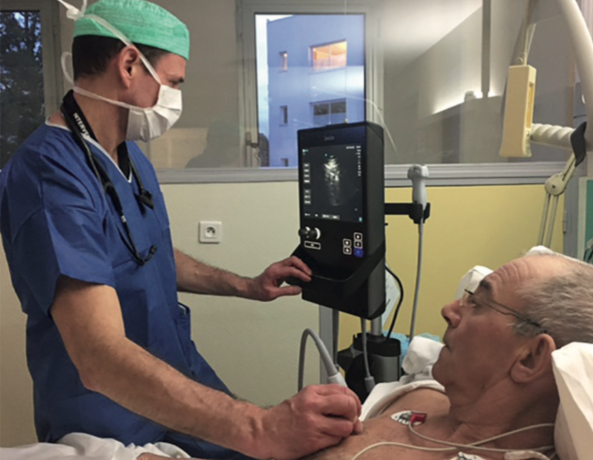
Anaesthetists working in perioperative medicine have increasingly taken a whole body approach to patient evaluation known as TUBE – Total Ultrasound Body Examination – thanks to the development of point-of-care ultrasound.